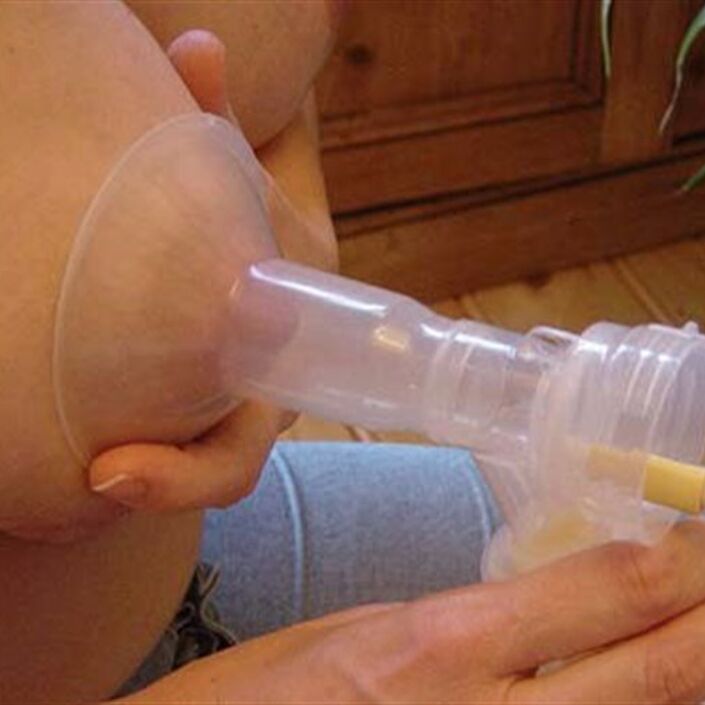Low milk supply or decrease in milk supply
Some mothers experience low milk supply when breastfeeding or expressing if they have to be away from their baby after birth, or if they are feeling stressed or anxious. When you have to express for a long time, it can be difficult to maintain your milk supply. Sometimes the amount you express can start to decrease. This can happen suddenly or more gradually. It is usually temporary and may not mean that you are losing your milk supply. With help, these problems can be resolved.
If you are expressing, try not to focus on the amount of milk that you are producing, but do ensure you are expressing 8 to 10 times every day, including at least once at night.
Here are some tips for expressing:
Express or breastfeed with your baby close by or while having skin-to-skin with your baby. Many neonatal units encourage parents to express milk at cotside to be near their baby. Some units can provide you with a screen if you want to have some more privacy.
If expressing with your baby close by is not possible, having a photo of your baby to look at or something that smells of them when you express can help.
If you are breastfeeding, offer your baby both breasts at each feed. Change between the breast you start with each time.
Massage your breasts before or during breastfeeding or expressing.
Listen to relaxing music or meditation while breastfeeding or expressing.
Try and plan your expressing or breastfeeding routine, or change the times that you express to fit in with your lifestyle. This is useful for helping your milk flow and re-establishing your pattern. It is also useful if you have other children or commitments.
Increase the amount of times you express.
If you are expressing, cover up the bottles while you are pumping so you cannot see how much you are collecting. For example, some parents find it helpful to put socks over the bottles.
Change the method you use to express. For example, if you are double-pumping (pumping both breasts at the same time), you could try single-pumping with extra massage. You could also use something to hold the funnels in place, such as a bra, which means that you can massage and double-pump.
Express in short bursts. For example you could express for 15 minutes, have a break for 15 minutes, then express for 15 minutes again – and repeat this several times.



